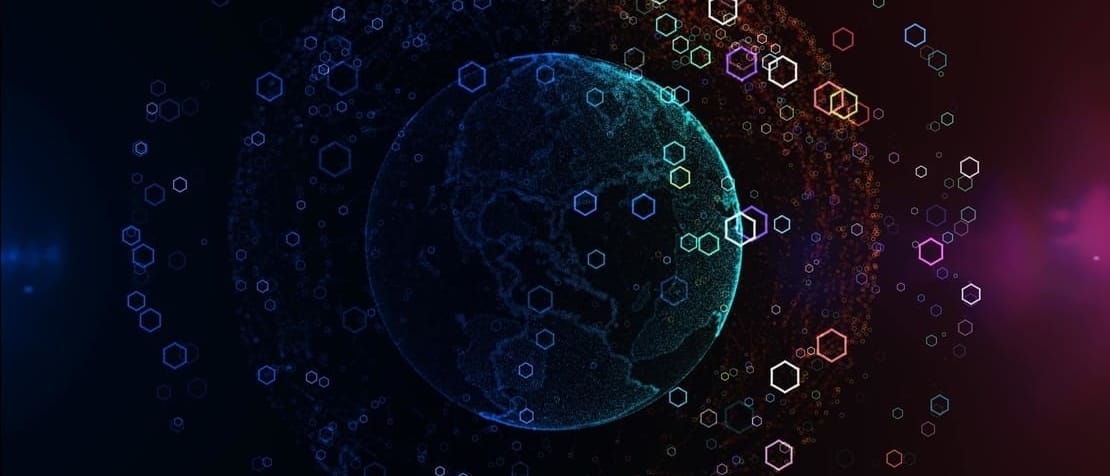
The Internet and the World Wide Web application have transformed daily life and work for more than half of the world’s population. And the actions of those who are online increasingly affect everyone, including the 3.7 billion who are not yet connected.
In the past two decades, we have seen enormous, positive consequences of global digital uptake: unprecedented information production, access and sharing; global e-commerce growth; digital social interaction at dramatic scale; and myriad applications and conveniences enabled by smartphones.
At the same time, harmful effects cannot be ignored: misinformation, disinformation, bullying, malware attacks, fraud, and a long list of other social, legal and technical problems, made all the more complex by their abstract, borderless character.
Our instinctive first reaction might be to defend against such abuses head-on by restricting digital development. We can achieve more, however, with constructive, collaborative steps to improve the safety, security, privacy, resilience and accessibility of our shared digital ecosystem.
Enhancing accessibility
Accessibility is a big technical challenge. How do we make digital tools useful for everyone, especially those who need accommodating mechanisms such as screen readers, audio description, automatic captions, machine translations, or alternatives to keyboards?
Global standards could harmonize the software tools needed for universal inclusion and accommodation.
Online transactions of all kinds, meanwhile, need security. Increasingly sophisticated public key cryptography can protect and validate transacting parties.
Yet mechanisms like digital certificates are still, to some degree, porous – penetrable by clever enough hackers. Digital certification authorities are not universally trusted. Nor should they be.
Standards for trust that can be validated and enforced would go a long way towards increasing the safety of online transactions.
Moreover, robust international agreements codifying the strength and validity of such certificates would help to deal with disputes over digitally signed contracts.
Strengthening trust
Authentication in online transactions – for purposes of identifying transacting parties – must be secure, practical, convenient and trustworthy. Two-factor authentication and cryptographic tokens and specialized hardware could significantly increase trust between online buyers and sellers.
For everyday users, of course, such requirements could seem like one more reason to avoid transacting online. New users, too, could be deterred by added complexity and costs.
As things stand now, I carry around multiple physical tokens for different services. This is simply not scalable.
But it doesn’t have to be this way.
Standards for authentication tokens would significantly improve uptake of advanced authentication, first and foremost by reducing the level of inconvenience it imposes.
For example, a standardized hardware token could contain hundreds, if not thousands, of cryptographic keys, along with appropriate software to select the right keys for authentication at various websites.
The decade ahead
These are but a few examples of how standardization could improve the world’s online space. The challenge before us now is to identify and act on as many of these opportunities as we can.
Constructive objectives should keep the International Telecommunication Union (ITU) and other organizations, such as the Internet Engineering Task Force (IETF), International Organization for Standardization (ISO), European Telecommunications Standards Institute (ETSI) and national and private sector standards groups, busy over the decade ahead.
Together, we can strengthen online safety, security, privacy and reliability, while simultaneously improving accessibility.
As the digital revolution continues, we must strive to maximize everyone’s benefits.
Making it safe, secure and inclusive will improve the online world in which we all increasingly dwell.
Source: ITU
 Welcome to the United Nations
Welcome to the United Nations